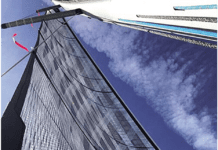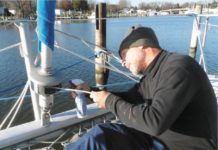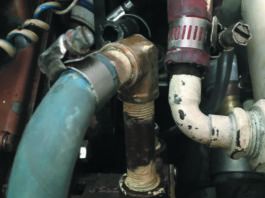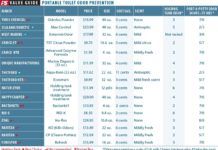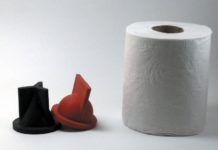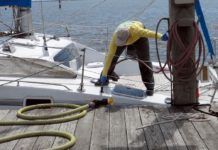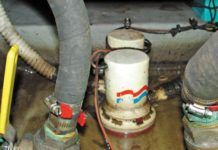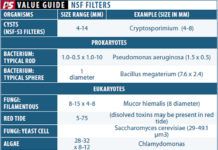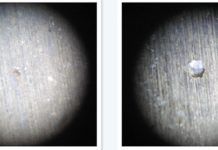Controlling Porta Potty Odor
Another consideration is that many day sailors avoid using the boats head at all, often going for many months at a time without needing it. When it is used, once in a blue moon, is it worth the hassle of hauling it home to clean it out, knowing that most likely it will not be used for another 3 months? When Katrina hit New Orleans, the Red Cross handed out WAG (waste alleviation and gel) bags by the thousands to provide an emergency option. Weve been living with these too, evaluating them as an option for small boats.
Cure for Holding Tank Clog
Any suggestions about what to do with a clogged holding tank? Ive isolated the clog to between the base of the tank and the elbow after the toilet macerator. Ive been treating the system with straight vinegar down the pumpout tube and thru the bowl to no avail.
Pump Out Attention Extends to the Head
Although head maintenance is low on everyones fun task list, working on functioning head that has been flushed clean (flush with lots of clean water, soak in vinegar for 15 minutes, and then flush that through with more water) head is much more pleasant than working on a broken, clogged head.
Caring for Seacocks
Considering the excitement a failed seacock can generate, the lack of attention they typically receive is almost criminal. Tucked away in the dim recesses of your bilge, seacocks typically don't get a second thought with regards to preventative maintenance or inspections - until they fail to operate or even break off in your hand during operation (it happens, Ive seen it, and it isn't pretty).
The Worry-free Bilge Pump
Due the lack of maintenance they receive from the average sailor, I often refer to bilge pumps as the Rodney Dangerfield of boat equipment, meaning they just don't get no respect. Its a funny, but also troubling statement, particularly as bilge pumps are often the first and only line of defense against sinking.
How to Measure Boat Humidity: Psychrometric Charts Do It Right
Insulation is a greater energy-saving expedient; if our heater or air conditioner is undersized, fixing drafts, shading or insulating windows, and insulating non-cored laminate are all ways to reduce the thermal load. For boaters, however, that is only half of the equation.
Plastic Through-hull Warning
Cracked nylon thru-hulls are a common problem, as a walk in almost any boatyard will bear out. Unlike fittings constructed of industry approved materials (bronze, Marelon, etc.) nylon thru-hulls are not recommended for use at or below the waterline. Age often plays a factor in the failure of nylon thru-hulls, but ultraviolet light is the main culprit. While different brands vary widely in their susceptibility to UV damage, some are so poorly made they can fail within the first year of use. The stress placed on the thru-hull by an unsupported hose can also cause failure, with the weight of the hose acting like a lever as the boat bounces around while underway.
Best Marine Toilet Papers
When testers dismantled Practical Sailors test holding tanks-the site of years of experiments with holding-tank chemicals, sanitation hoses, and vent filters-we hoped that it was the last hands-on contact wed have with marine sanitation systems for a long time. And then a friend came to us seeking advice on curing his regularly clogged head. He had checked the obvious culprits-scale buildup in the hoses, blocked vent, etc.-and found everything in proper order.
Making Sense of Water Filter Certification
Only a few states require National Sanitation Foundation (NSF) certification for water filters, and the requirement applies only to a small number of original equipment manufactured (OEM) products.
Preventing and Treating the Tainted Tank
Foul tank water is completely preventable. Here are some dos and don'ts for a healthy water tank. Dont place glycol or other winterizing agents in the tank. Install valves as needed to winterize the pipes only; typically a tee and two valves located near the tank drain work fine.













